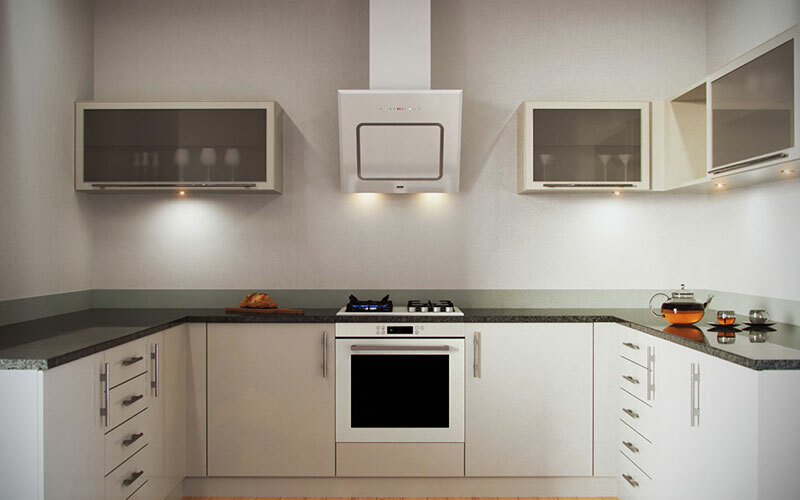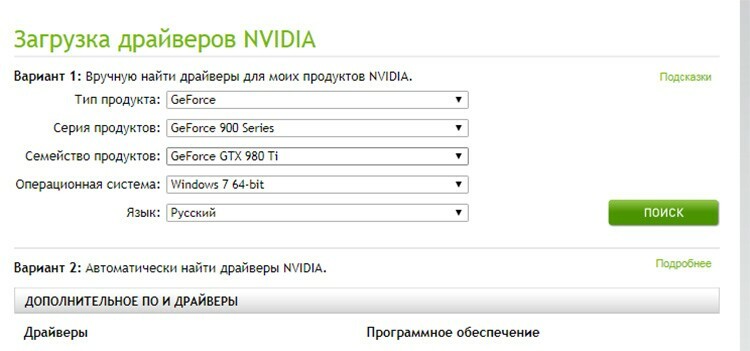Human activity is necessarily accompanied by the appearance of waste. And they must be removed from the place of residence somewhere further away. For this, a sewerage system was invented. In modern homes, this is a pipe network connected to plumbing fixtures, transporting liquid (and not only) waste to a central sewer pipe and then to an external system. Any technical system operated for a long time, and even with violations of technical regulations, eventually fails. So is the sewage system. She is not omnivorous, and you cannot throw what comes to hand there. The pipes will become clogged. And people know the reasons for the blockage of pipes. There are three main reasons for sewage clogging, and it is known what to do in such cases.
Read in the article
- 1 The main causes of blockages
- 2 Clearing blockages
- 3 Conclusion
The main causes of blockages
Of course, there are not three reasons for the blockage. There are many more. It is more correct to speak about three groups of reasons. In the first group, you can collect the reasons of the constructive type. This includes the reduced diameter of the drain pipes, and not the best material from which they are made, and errors in the installation of the drain system. The small diameter of the pipe on the drain from the kitchen sink will cause relatively large food debris to get stuck here. Dumping several large pieces at the same time will cause them to jam in the pipe. Over time, a stream of hot water, perhaps, will wash out this cork, or maybe something insoluble will get stuck in it.

The quality of the material is manifested in its surface friction. Steel and cast iron pipes have a rough surface. Small dirt clings to the notches, then the next layer sticks to it, then a large plug grows, and the working diameter of the pipe decreases. Up to the complete closure of the waste passage. The modern solution is to replace metal pipes with metal-plastic ones. The plastic is smooth, dirt sticks to it worse, the pipe does not overgrow.
During installation, the correct slope of the pipe system towards the drain could not be ensured. And even install more than necessary, sharp turns. Stagnant zones will appear, dirt will accumulate in them, over time it will harden and turn into a cork.
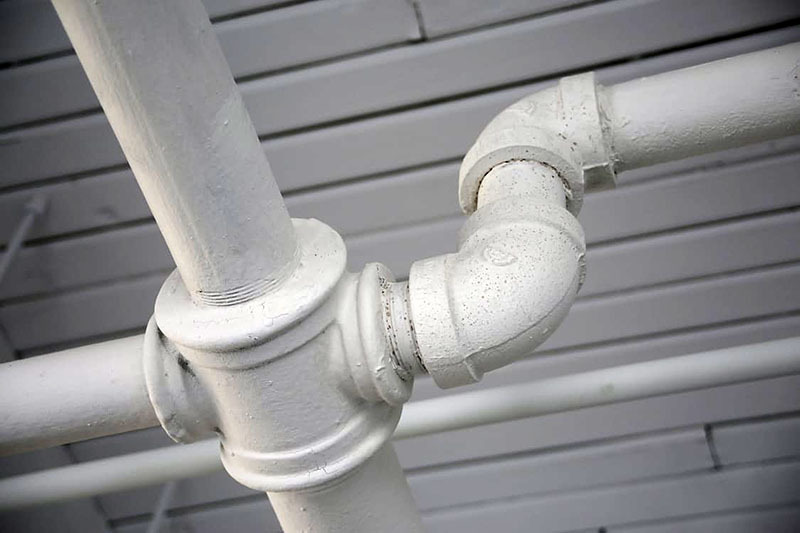
The second group of causes of clogging includes the waste itself. Not everything can be dumped down the drain. Toilet paper dissolves and does not cause traffic jams. And paper towels get wet, bunch up, get stuck and other waste sticks to them. On many products that pose a potential threat to the normal operation of the sewer, they write a warning - "Do not throw it down the toilet!"
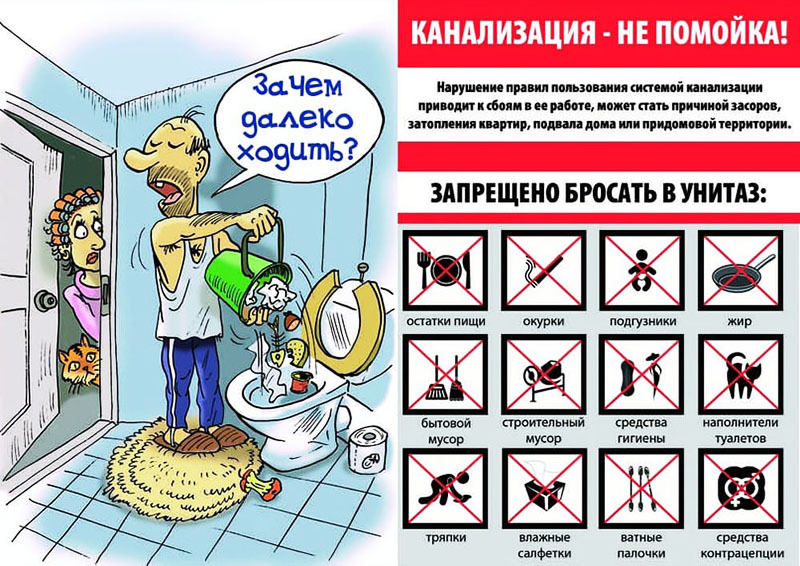
Fat washed off from plates and pans when washing dishes in the kitchen is poorly washed off from the inner surface of the sewer pipes. After some time, the bore diameter of the pipe becomes much smaller than the initial one. This process is inevitable, but you need to be aware of this and periodically flush the drains with special solutions.

Hair trapped in the drain gets lost in lumps and gradually turns into impassable plugs.
The third group of causes of blockages includes breakdowns in the sewer system. For various reasons, pipes crack and break. This is already an emergency situation, only a special team can cope with it.
Clearing blockages
In case of serious blockages, you need to call the plumbers. But often they can be eliminated on their own. For example, grease plugs are washed with hot water. And if the drain pipe is steel, then boiling water from a kettle should be used for flushing. It is often possible to pump small plugs like this: fill the sink with warm water a third of the depth and work sharply with a plunger. Collect the pieces of garbage that have jumped out and throw them into the trash.
If the plunger does not help, then you will have to apply chemical methods. Pour 150 g of baking soda and the same amount of vinegar into the drain hole. Cover the drain for 10 minutes and then rinse with hot water.
Another option is to pour citric acid solution. The concentration is taken at the rate of two sachets per 1 liter of water. Soak for 20 minutes, then rinse with hot water. It is recommended for prophylaxis periodically, at least once a month, to pour chimney-cleaning solutions into the sink - both in the kitchen and in the bathroom.
Store products differ little in effect from each other, they just have different prices. When working with chemistry, one must not forget about personal safety. Eye protection and rubber gloves should be worn.
The strongest and most effective tool is a flexible plumbing cable.

Almost any blockage can be removed with a rope. You just need to figure out correctly where to enter it.
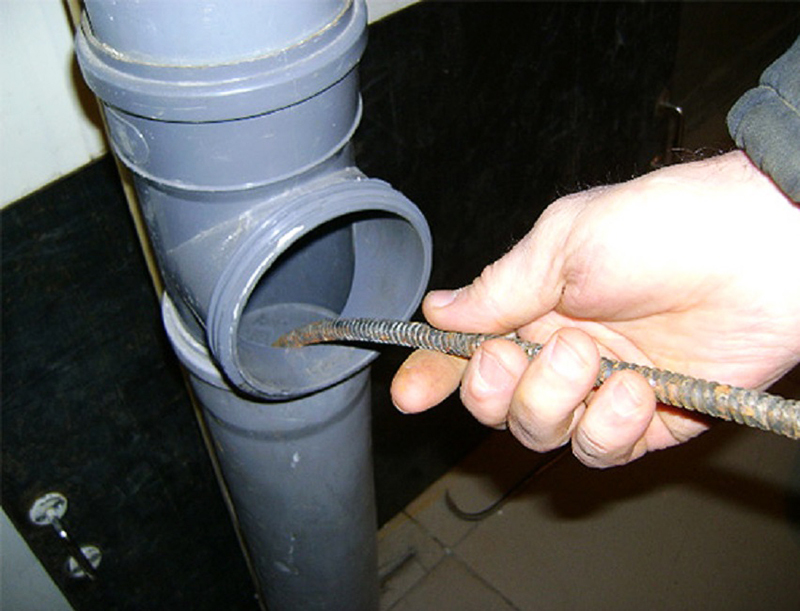
Conclusion
Removing blockages in the sewer, of course, is not the most pleasant job, but it is necessary. An unpleasant smell will go from blockages around the apartment. And it is impossible to live with clogged drains. So it's better not to bring it up to this.
Author, what right do you have to title your article so incorrectly? What do you care ...
If there is a small gap between the sheets, I glue in an ordinary sewing thread that matches the color ...
Probably the most reliable is to hide them in a bank on your account) but in general, of all ...
The son is a healthy bull, he could make repairs in his apartment himself.
The ugly wallpaper made the greatest impression, the rare one had to be restored ...
I called. A rude manager imposing only Spetsgaz. No thanks, don’t.
Hello! Tell me what are your impressions of using the Medved gas tank? …
Something quite often lately there are "materials" about Tsiskaridze, his own ...
What nonsense? Phase 3 because the active power transmitted by such a constant network ...
It's high time to stop giving money from the state budget with this ...
Yes, at least the series The Last Minister. Although Tsekalo produced quite a lot before that. You …
The very case when MY HOUSE IS MY FORTRESS. Eco-friendly, ergonomic, zoned, spa, recreational ...
At one time I wanted to put such a device instead of a tank, I saw it in a polyclinic. Time ...

